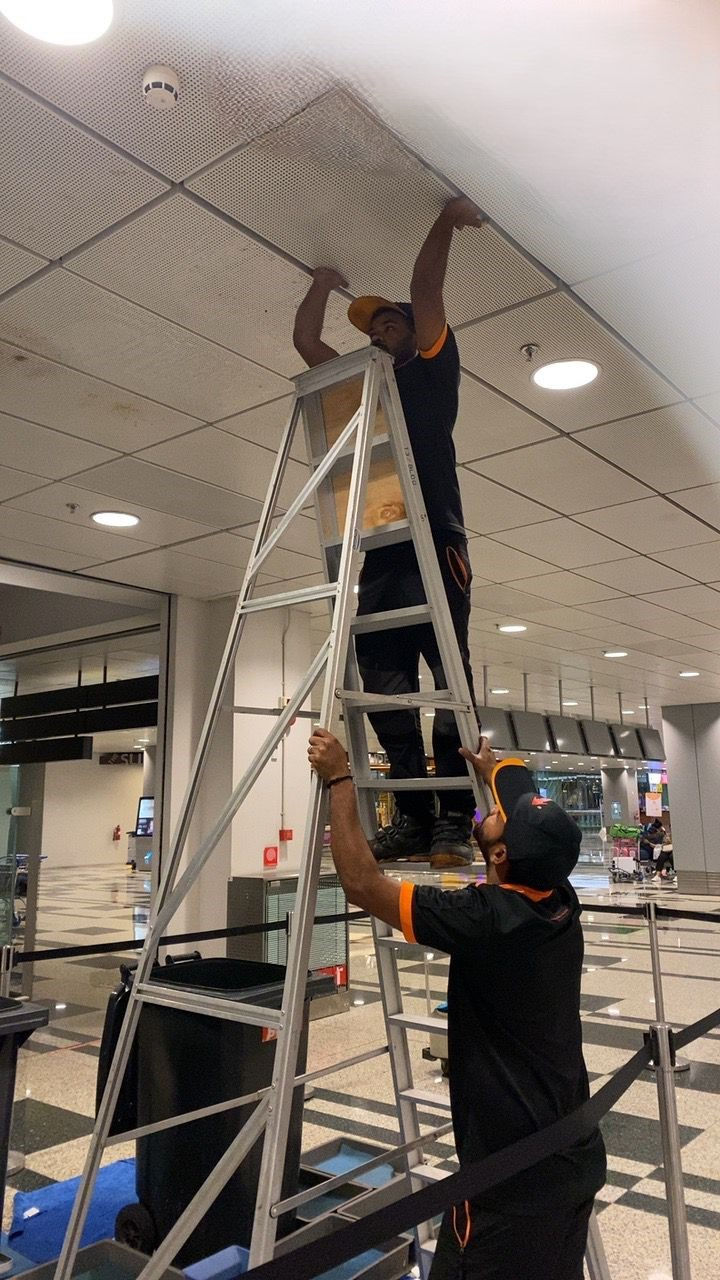Understanding Grease Traps and Their Importance for Your Business
- shaik67
- Aug 30
- 3 min read
A grease trap, also known as a grease interceptor, is a plumbing device designed to intercept greases and solids before they enter a wastewater disposal system. Common in both commercial and residential setups, it is especially critical in locations where a lot of cooking happens, like restaurants, to prevent the build up of fats, oils, and greases (often abbreviated as FOG) in the sewer system.
How a Grease Trap Works
Collection: Wastewater containing grease from kitchen sinks and dishwashers flows into the grease trap.
Cooling: As the wastewater cools, the grease and oils, which are lighter than water, begin to solidify and float to the top of the trap. Meanwhile, heavier solids settle at the bottom.
Separation: The design of the grease trap allows the water layer in the middle to flow out towards the sewer, while the grease remains on top and solids at the bottom.
Retention: The trapped grease stays in the trap and is periodically removed and cleaned out by maintenance personnel to ensure it continues to operate effectively.
Grease traps vary in size and type, ranging from small under-sink models for low-volume use to large underground units that serve large establishments.
The primary function of a grease trap is to intercept and collect fats, oils, and greases (FOG) from kitchen wastewater before they enter the sewer system. Here’s a breakdown of its key functions:
Prevent Clogging: By capturing grease before it enters the plumbing system, grease traps help prevent pipe blockages and reduce the risk of plumbing issues such as backflows and overflows.
Protect Sewer Systems: FOG can solidify in sewer lines, causing significant blockages and expensive damage. Grease traps help maintain the integrity and efficiency of both local and municipal sewer systems.
Environmental Protection: By preventing grease from entering natural waterways, grease traps play a crucial role in protecting the environment from pollution, which can harm aquatic life and water quality.
Compliance with Regulations: Many localities require grease traps in commercial kitchens to comply with wastewater discharge regulations. Using and maintaining a grease trap helps establishments avoid legal penalties and potential shutdowns.
If there are no grease traps installed, particularly in settings where large amounts of grease and oils are discharged (like in restaurant kitchens), several problematic outcomes can occur:
Pipe Blockages: Without a grease trap, fats, oils, and greases (FOG) enter the plumbing system directly. These substances can solidify and accumulate in the pipes, eventually leading to clogs. This can cause sewage backups and overflows, which are not only messy but also pose health risks.
Increased Maintenance Costs: The blockages from FOG build up require frequent and costly plumbing repairs. Businesses might face significant expenses for pipe cleaning and repairs, much more than the cost of installing and maintaining grease traps.
Damage to Sewer Systems: FOG can accumulate in public sewer lines and municipal treatment facilities, leading to widespread damage and inefficiencies in wastewater management systems. This can increase maintenance and operational costs for local governments and utility providers.
Environmental Pollution: When sewers are blocked and overflow, there is a risk of raw sewage spilling into the environment. This can contaminate local water bodies, harming aquatic life and degrading water quality. It can also lead to fines and regulatory action from environmental authorities.
Regulatory Non-Compliance: Many regions have legal requirements for the installation of grease traps in facilities that discharge significant amounts of FOG. Lack of compliance can result in fines, legal penalties, and even the shutdown of business operations.
Therefore, grease traps play a crucial role in preventing a range of operational, financial, and environmental problems associated with grease disposal.




Comments